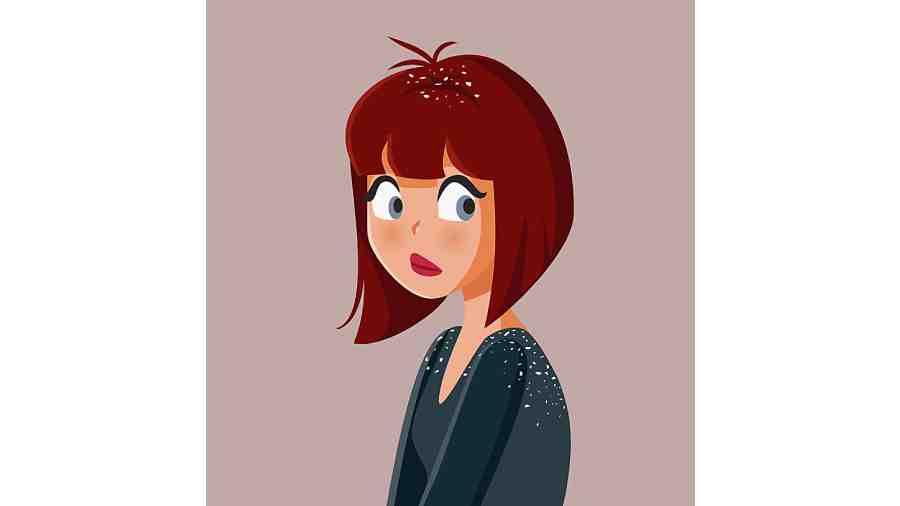Almost 50 per cent of the population suffers from dandruff at some time in their lives, often in infancy (cradle cap), the teenage years or after the age of 60, mainly if they also develop other diseases such as Parkinson’s.
Dandruff is typically identified by white itchy flakes seen on the hair and shed on the clothes. People become self-conscious about dandruff and feel it may be caused by poor hygiene. Under the mistaken impression that shampooing increases dryness of the scalp and, therefore, dandruff, they may also shampoo less frequently. This can lead to an unpleasant odour.
Dandruff is typically identified by white itchy flakes seen on the hair and shed on the clothes. People become self-conscious about dandruff and feel it may be caused by poor hygiene. Under the mistaken impression that shampooing increases dryness of the scalp and, therefore, dandruff, they may also shampoo less frequently. This can lead to an unpleasant odour.
In infancy, a type of dandruff called seborrhoeic dermatitis or cradle cap forms a flaky layer on the scalp. It may also extend behind the ears. To tackle this, gently apply coconut oil to the head. After a few minutes, brush the head with a baby hair brush. Then wash the head with baby shampoo. The head should be washed every day.
During the teenage years, the changing hormones may precipitate dandruff. This may be aggravated by colouring or straightening of hair because of the chemicals used.
Dandruff can be treated at home. There are several shampoos available like Nizral, Selsun, Head and Shoulders. It is important to shampoo the hair every other day using these shampoos. The shampoos should be alternated. A one rupee coin-sized blob of shampoo should be mixed with water. Then apply the mixture to the scalp. Allow the shampoo to soak into the scalp. After 2-3 minutes, wash it off thoroughly. Make sure there is no residual shampoo left on the scalp as that can cause irritation.
Many medicated shampoos containing coal tar and other chemicals are available. Coal tar can cause redness, itching, skin sensitivity and sunlight allergy. Some herbal products containing onion extract and other natural ingredients are available. Their use and success are based on hearsay and not studies and evidence.
The Malassezia fungus grows in dead skin and the natural oils of the scalp. Use anti-dandruff shampoo three times a week and ordinary ammonia-free, sulphate-free and paraben-free shampoo on other days to prevent the scalp from being oily.
Dandruff that is mild will respond to these simple remedies. Once improvement has occurred, try to prevent dandruff from becoming severe again. Continue the anti-dandruff shampoo at least twice a week. Wash your hair every day. Apply coconut or olive oil to the scalp. Add a quarter teaspoon of baking soda and a few drops of lemon juice to the oil before massaging it in. Massage it in and leave it on for 10 minutes before washing off the hair with shampoo.
If there is no improvement after 2-3 months, it may not be dandruff. The diagnosis may be seborrhoeic dermatitis, psoriasis or eczema. A dermatologist needs to be consulted. Medications may need to be swallowed, and local ointments may need to be applied.
There is great interest today in diet modification for various diseases. In the case of dandruff, recommended (but not proven) diets contain:
- Curd (freshly made, not set curd)
- Nuts (zinc content) n Eggs
- Oily fish like tuna and sardines
- At least 4-6 helpings of fresh fruits and vegetables daily
The writer has a family practice at Vellore and is the author of Staying Healthy in Modern India. If you have any questions on health issues please write to yourhealthgm@yahoo.co.in










